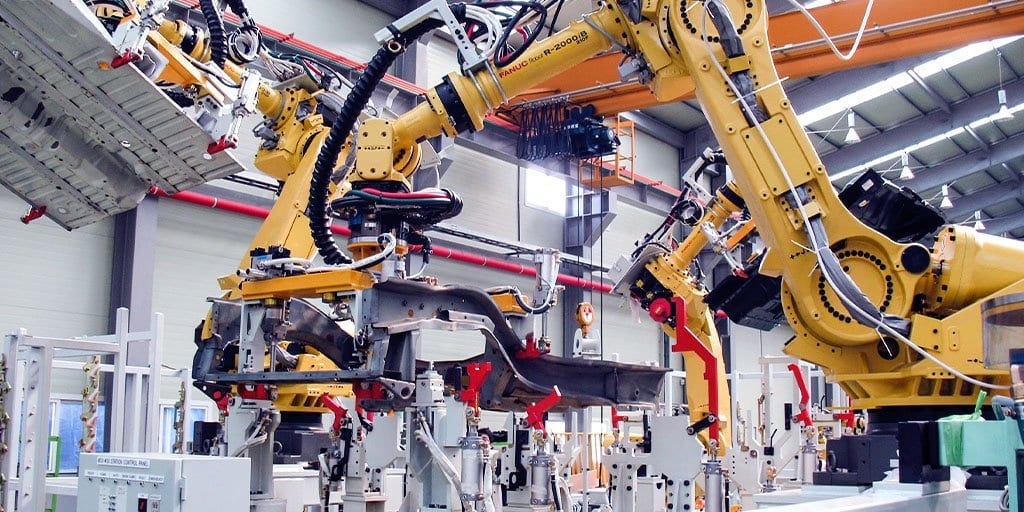Due to the potential for more efficient production and logistics, greater flexibility, and increased worker safety, industries such as construction, mining, and manufacturing have been increasingly investing in automation and remote-controlled operations. However, the speed of real-time data relay that is required for high-precision maneuvers with heavy machinery has been one of the biggest hurdles in the way of widespread adoption. That may all be changing, however, with the rollout of the fifth generation wireless (5G) network and edge computing.
In a recent article for RCN Wireless News, Juan Pedro Tomás explores how three major Swedish companies – Ericsson, Volvo Construction Equipment (CE), and Telia – have teamed up to operate what they claim to be Sweden’s first 5G network specifically intended for industrial use.
Located at Volvo CE’s facility in Eskilstuna, Sweden, the network is being run with a test license to develop remote-controlled construction machinery. The hope is that 5G’s exponentially decreased latency will make remote-controlled applications significantly safer, while cutting costs and increasing efficiency.
Volvo CE is one the first companies in the world to test remote-controlled machines and autonomous solutions using 5G technology. Melker Jernberg, president of Volvo CE, explains:
“Connected machines and autonomous solutions are the future. They can give our customers more efficient production, logistics, greater flexibility and safer work. By minimizing the potential safety risks and downtime associated with sectors such as mining, we can get closer to our goal of zero emissions, zero accidents and zero unplanned stops. It will be exciting to see how far 5G can take us on that journey.”
With today’s 4G wireless technology, even fully-automated systems still need periodic human intervention to ensure control. There is still lag time with remote technology that makes it difficult to control at high speeds, or with high precision. Remote control of heavy machinery in real time can sometimes be dangerous and unpredictable. 5G, however, is significantly faster, has drastically lower latency, and can handle far more connected devices at once. According to Anders Olsson, CEO of Telia Sweden: “To connect business-critical machines and vehicles requires a solution that is able to handle the massive amounts of data with guaranteed connection. That is what 5G can give us. ”
The rollout of 5G presents an enormous opportunity for industrial organizations to innovate beyond what can be supported by today’s 4G network, and deliver unprecedented value to employees and customers. As the number of connected devices continues to grow, and expectations for rapid data transmission continue to rise, industrial enterprises will need to limit the distance between the data source and the end user. Leveraging interconnected edge data centers provides enterprises with direct cloud on-ramps and access to an ecosystem of carriers and network providers, enabling them to keep pace with the increasing processing demands.
Ultra-low latency will become a ‘must’ in the 5G world, and in the meantime, enterprises should prepare by bringing data processing closer to the user and leveraging a flexible environment that offers unparalleled connectivity. To learn more about how interconnected edge data centers enable 5G technology, contact us.


